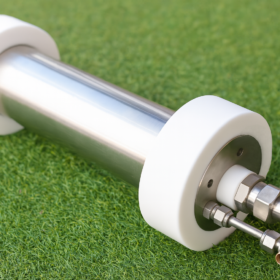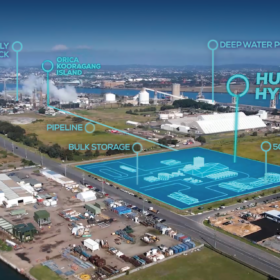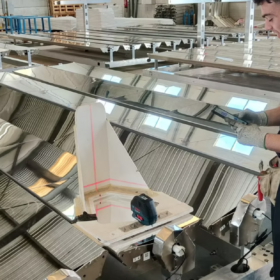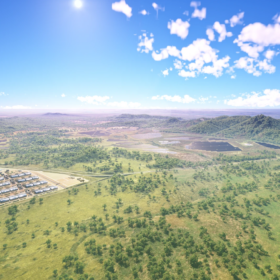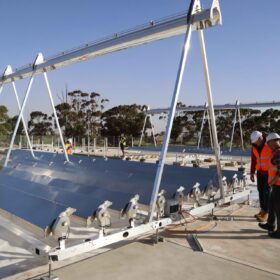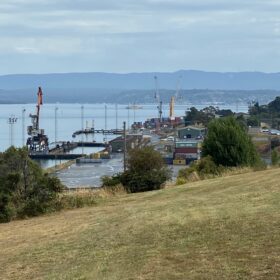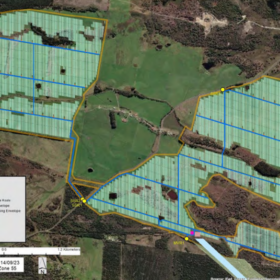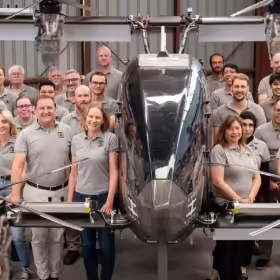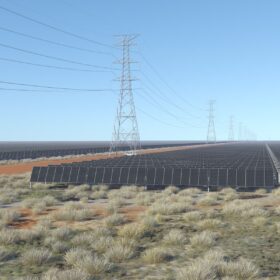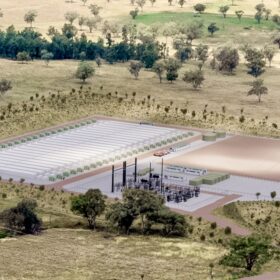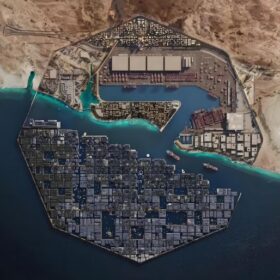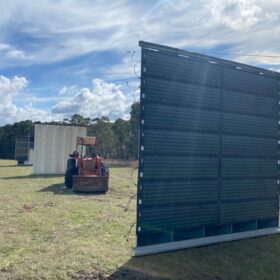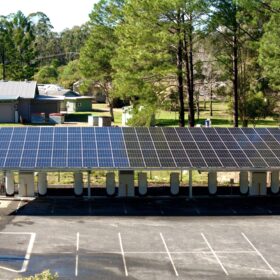CRT targets green hydrogen pain points with new electrolyser tech
Cavendish Renewable Technology has launched an advanced hybrid electrolysis platform that it says blends the strengths of solid oxide and alkaline technologies and addresses the pain points of green hydrogen adoption.
Hunter Valley hydrogen hub gets $432 million kick-start
Orica’s Hunter Valley Hydrogen Hub is set to receive up to $432 million in grant funding as the second recipient of ARENA’s Hydrogen Headstart Program.
Novel green hydrogen pilot plant wins $2.7 million grant
A Sparc Hydrogen photocatalytic water splitting reactor pilot plant under development in South Australia has been granted $2.75 million to accelerate development of the novel technology toward commercialisation.
Stanwell exits Gladstone green hydrogen project
Queensland’s largest green hydrogen project is on the scrap heap after state government-owned Stanwell Corporation announced its withdrawal from the international consortium developing the estimated $12.5 billion production plant and pipeline.
Green hydrogen pilot plant launches in SA
A pilot hydrogen energy plant that will employ a novel approach by producing green hydrogen directly from water and sunlight, without relying on electrolysers or grid power, is on track to begin commissioning in South Australia next month.
Solar-to-hydrogen efficiency boosted by CSIRO breakthrough technology
Researchers at the CSIRO have proven a new full thermochemical hydrogen production cycle – from solar input to hydrogen output – has the potential to achieve a solar-to-hydrogen efficiency of higher than 20%, 5% more than many existing systems.
Victorian renewable hydrogen refuelling station opens to the public
Australia’s first publicly accessible commercial renewable hydrogen refuelling station has been opened in Geelong, Victoria and will initially be used by a fleet of locally-owned hydrogen fuel cell electric vehicles.
Tasmania taps Powerfuels project to lead Bell Bay Hydrogen Hub
The Tasmanian government has named Abel Energy’s $2 billion Bell Bay Powerfuels project as the lead proponent for the Bell Bay Hydrogen Hub, declaring the decision positions the precinct as a key renewable energy asset.
Local council gives green tick to 288 MW Tasmanian solar farm
The George Town Council, Tasmania, has granted planning approval to the ib vogt 288 MW Cimitiere Plains Solar Farm north of Launceston, featuring two solar arrays made up of approximately 613,000 panels.
First year hydrogen powertrain tests eVTOL for emission-free flight
AMSL Aero has released hydrogen fuel cell test results for its vertical takeoff and landing aircraft which is under development at Bankstown Airport in New South Wales for the purpose of decarbonising essential air services such as medical transfers.
